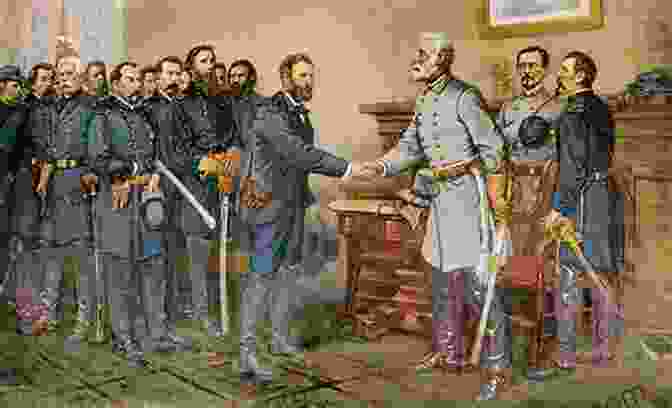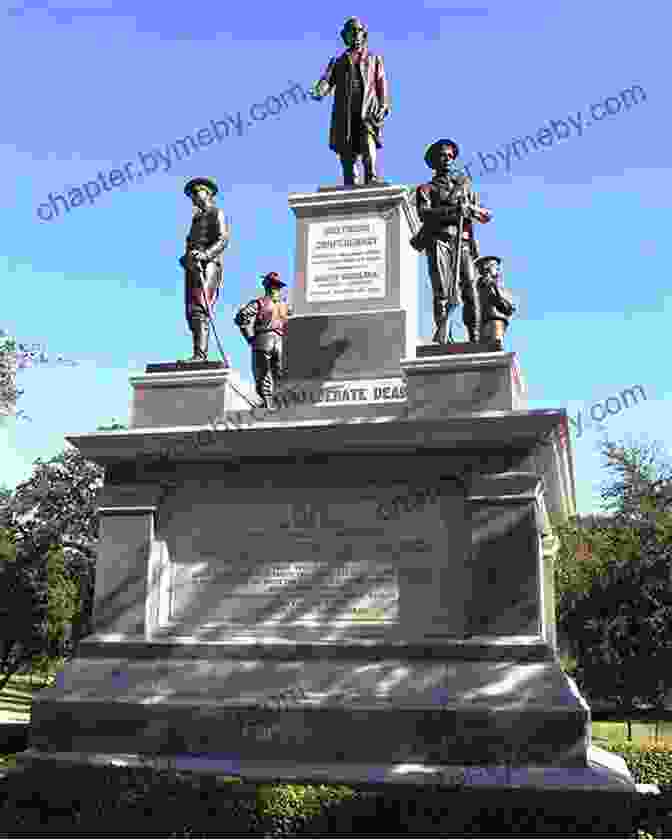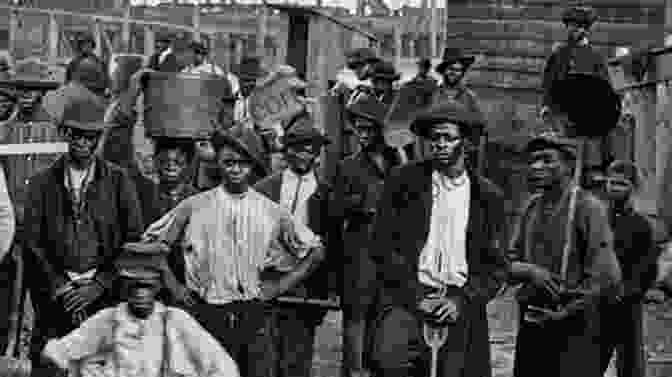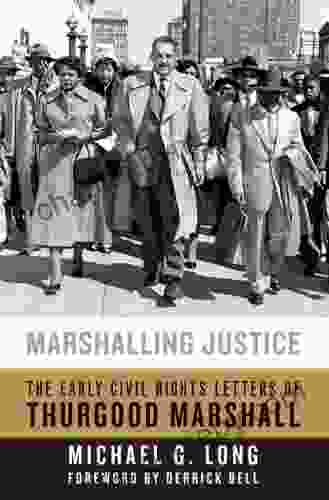A Historical Epic Unfolding

The year is 1865. The American Civil War has reached its bitter end, and the Confederacy, once a proud and independent nation, now lies in ruins. But even in defeat, the Confederate spirit refuses to die. This book, The Confederacy's Last Hurrah, delves into the fascinating and poignant details of the Confederacy's final days, from the bloody battles to the desperate attempts to preserve a doomed ideology.
4.4 out of 5
| Language | : | English |
| File size | : | 27793 KB |
| Text-to-Speech | : | Enabled |
| Screen Reader | : | Supported |
| Enhanced typesetting | : | Enabled |
| X-Ray | : | Enabled |
| Word Wise | : | Enabled |
| Print length | : | 607 pages |
| Lending | : | Enabled |
Join acclaimed historian Dr. James McPherson as he guides us through this pivotal moment in American history. Through vivid prose and meticulous research, McPherson paints a compelling picture of a society torn apart by war and grappling with the complexities of defeat and reconciliation.
The Agony of Defeat

In the spring of 1865, the Confederacy was on the brink of collapse. General Robert E. Lee's Army of Northern Virginia, once the most formidable force in the Confederacy, had been defeated at the Battle of Gettysburg and was now being relentlessly pursued by Union forces. Other Confederate armies had been shattered in a series of decisive battles, and the Confederacy's infrastructure was in ruins.
On April 9, 1865, Lee surrendered to Union General Ulysses S. Grant at Appomattox Courthouse, effectively ending the Civil War. The Confederacy had lost its fight for independence, but its legacy would continue to shape American history for generations to come.
The Lost Cause Myth

In the aftermath of the war, many Southerners refused to accept the Confederacy's defeat. They clung to the belief that the Confederacy had been a noble cause, fighting for states' rights and against the tyranny of the federal government. This belief, known as the Lost Cause myth, became a powerful force in Southern culture and politics.
The Lost Cause myth helped to shape the way that the Civil War was remembered and taught in the South for generations. It glorified the Confederacy and its leaders while downplaying the institution of slavery and the horrors of war.
Reconstruction and Reconciliation

After the war, the United States entered a period of Reconstruction, a complex and often turbulent time in which the nation struggled to rebuild and reconcile. The Reconstruction era saw the passage of the 13th, 14th, and 15th Amendments to the Constitution, which abolished slavery, granted citizenship to African Americans, and gave them the right to vote.
However, Reconstruction was also a time of violence and unrest in the South. White Southerners resisted the federal government's efforts to enforce the new amendments, and many African Americans were subjected to discrimination, violence, and intimidation. By the end of the 1870s, Reconstruction had largely failed, and the South had returned to a system of white supremacy.
Legacy and Impact

The Confederacy's legacy is still felt today. The Lost Cause myth continues to influence Southern culture and politics, and the Confederate flag remains a controversial symbol of racial division. The Civil War and its aftermath continue to shape the way that we think about race, history, and the meaning of American democracy.
The Confederacy's Last Hurrah is a must-read for anyone interested in the history of the Civil War and its impact on American society. Dr. James McPherson's masterful storytelling and meticulous research provide a fascinating and thought-provoking account of this pivotal moment in American history.
Additional Resources
- The Library of Congress: The Civil War
- History.com: The American Civil War
- PBS: The American Experience: The Civil War



























































































